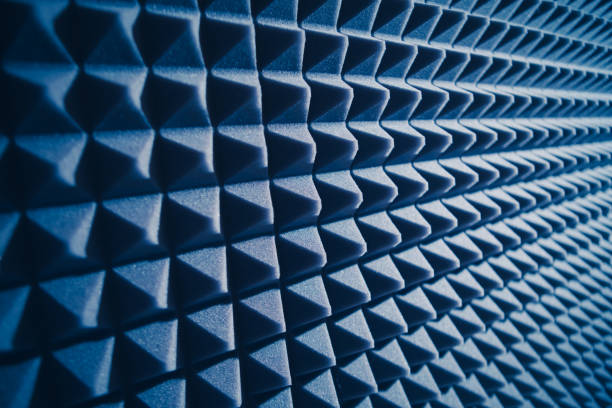Regular plumbing maintenance is essential for maintaining the functionality and longevity of your plumbing system. It not only prevents plumbing emergencies but also helps save money by avoiding costly repairs.
Plumbing maintenance involves routine inspections, cleaning, and repairs of the various components of your plumbing system. Here are 10 things you should check while your plumber in Dandenong does regular plumbing maintenance.
1. Water Pressure
Checking water pressure is an essential aspect of plumbing maintenance. High water pressure can cause damage to the pipes, while low water pressure can indicate a blockage or a leak in the pipes.
You or your plumber in Dandenong can use a water pressure gauge to check the water pressure. Ideally, the water pressure should be between 40-80 psi. If it is higher or lower than that, you need to identify the cause and address it accordingly.
2. Leaks
Leaks in your plumbing system can lead to a significant amount of wasted water and money, and they can also cause damage to your home.
Common signs of a leak include damp spots on walls or ceilings, a sudden increase in your water bill, or the sound of running water when no fixtures are in use. You should address leaks as soon as possible to prevent these problems.
It involves checking for leaks around toilets, sinks, and showerheads, as well as inspecting pipes for signs of damage or wear. In some cases, assistance from the best plumber in Dandenong may be necessary to locate and repair a leak.
3. Drains
Drains play a vital role in a home’s plumbing system, as they allow water and waste to flow out of the home and into the sewer or septic system.
However, clogged drains can cause problems such as slow-draining sinks or showers and can lead to sewage backups. Thus, you should avoid pouring grease or oil down drains. Use drain covers to catch hair and debris, and regularly flush drains with hot water and a mixture of baking soda and vinegar.
4. Water Heater
A water heater is a device that provides hot water to a home. There are different types of water heaters, including tankless and tank-style models, which heat water using gas or electricity.
It is important to regularly check the water heater for signs of damage or wear, such as leaks, rust, or strange noises. Flushing the tank regularly can also prevent sediment buildup, which can affect the performance and efficiency of the unit.
5. Sump Pump
If you have a basement, you most likely have a sump pump designed to prevent flooding. During plumbing maintenance, check the sump pump to ensure it functions properly. You or your help should inspect the pump for any damage or corrosion and test the float switch to ensure it activates the pump when the water level rises.
6. Shut-off Valves
Shut-off valves allow you to turn off the water supply to a specific area of your home. During plumbing maintenance, it is essential to check all shut-off valves to ensure they function properly. Any damaged valves should get replaced immediately.
7. Garbage Disposal
A garbage disposal is a convenient appliance that can quickly become a plumbing problem if improperly maintained. During plumbing maintenance, checking the garbage disposal for any clogs or damage is essential. Running cold water down the disposal for a few seconds can help clear any debris that may have accumulated.
8. Water Softener
A water softener removes minerals such as calcium and magnesium from hard water. Hard water can cause problems such as soap scum buildup, appliance scaling, and dry skin and hair.
A water softener works by exchanging the hard minerals for sodium ions through ion exchange. The water softener contains a resin tank filled with tiny resin beads that attract and hold the hard minerals. A brine solution flushes out the hard minerals and recharges the resin beads during regeneration.
Regular maintenance, including adding salt to the brine tank, is necessary to ensure that the water softener functions properly.
9. Toilet Flapper
A toilet flapper is a rubber or plastic component of a toilet that controls the flow of water from the tank to the bowl. It attaches to a chain connected to the flush handle. When you push the handle, the chain lifts the flapper, allowing water to flow from the tank into the bowl, which flushes the waste away.
A damaged or worn flapper can cause the toilet to run continuously, wasting water and money. Therefore, it is vital to regularly check the flapper for any damage or wear and replace it if necessary.
10. Water Meter
A water meter is a tool that helps detect leaks and monitor water usage. During plumbing maintenance, it is important to check the water meter for any signs of water usage when no water is used in the home. Any unusual activity on the water meter, such as running even when no faucets or appliances are in use, could indicate a hidden leak that needs a fix.
Conclusion
Regular plumbing maintenance is essential to prevent plumbing emergencies, save money on costly repairs, and prolong the life of your plumbing system.
Checking the water pressure, leaks, drains, water heater, sump pump, shut-off valves, garbage disposal, water softener, toilet flapper, and water meter are all crucial steps to take during regular plumbing maintenance. By incorporating these steps into your home maintenance routine, you can ensure that your plumbing system functions properly and efficiently.
For professional help, you can reach out to Doyle Plumbing Group. Their experts have vast experience with all aspects of plumbing. Check out their website and then decide.



